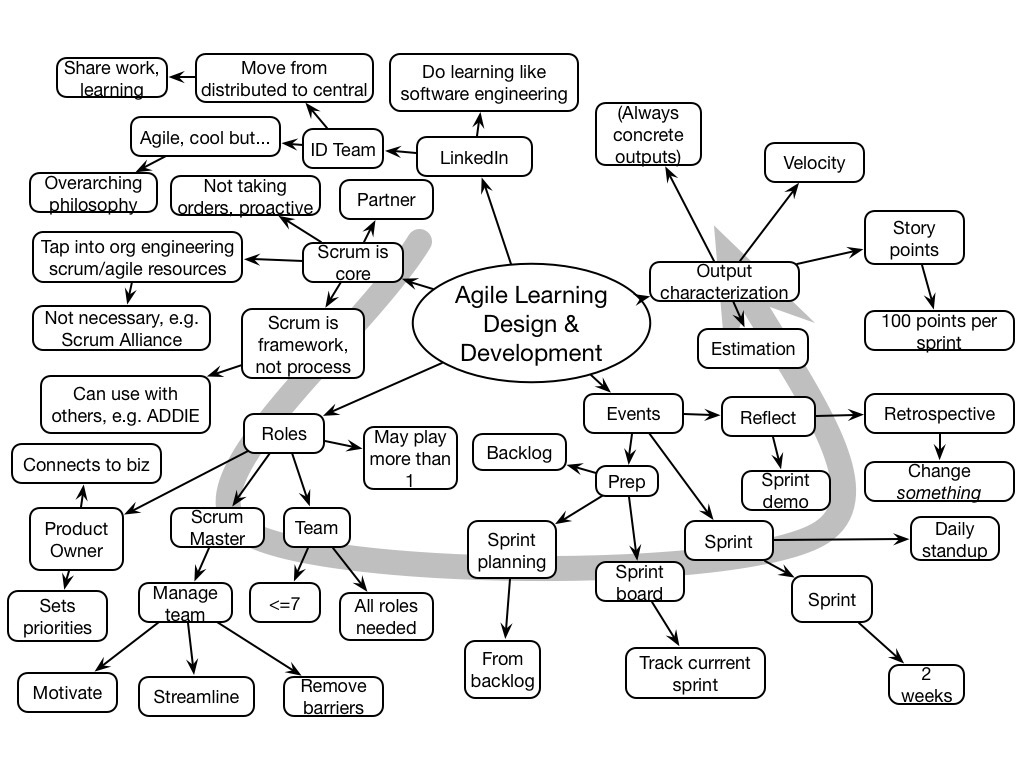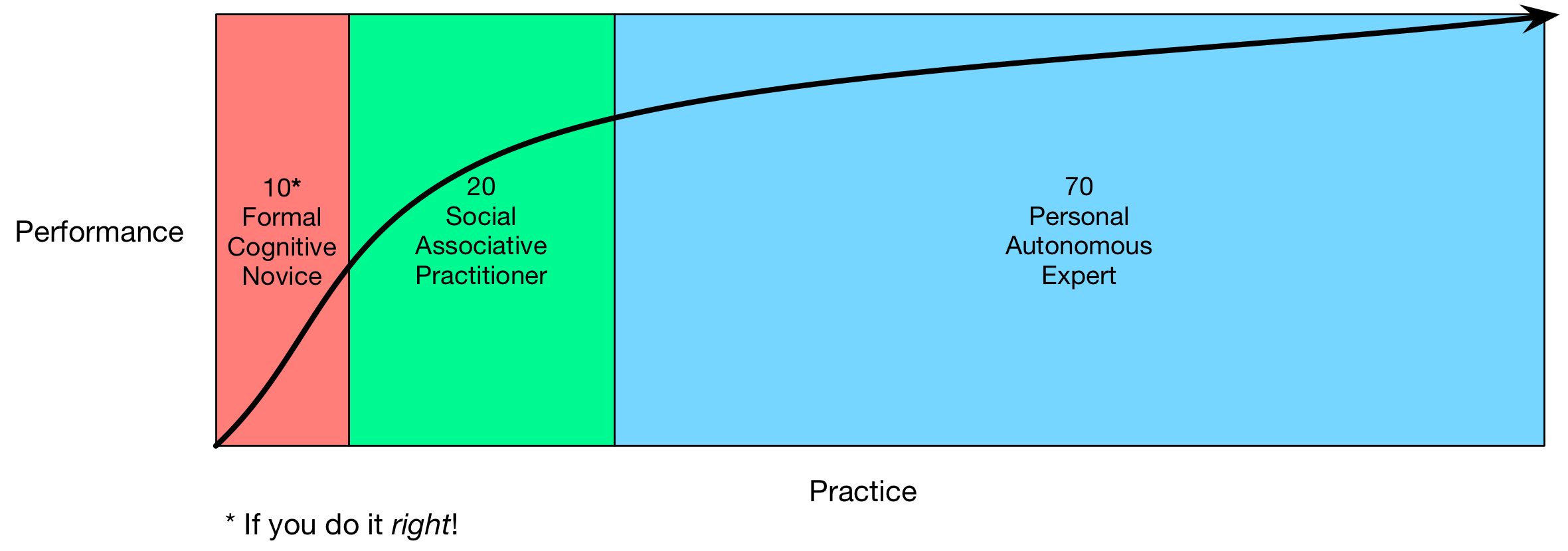Well, some more travels are imminent, so I thought I’d update you on where the Quinnovation road show would be on tour this spring:
- March 9-10 I’ll be collaborating with Sarah Gilbert and Nick Floro to deliver ATD’s mLearnNow event in Miami on mobile
- On the 11th I’ll be at a private event talking the Revolution to a select group outside Denver
- Come the 18th I’ll be inciting the revolution at the ATD Golden Gate chapter meeting here in the Bay Area
- On the 25th-27th, I’ll be in Orlando again instigating at the eLearning Guild’s Learning Solutions conference
- May 7-8 I’ll be kicking up my heels about the revolution for the eLearning Symposium in Austin
- I’ll be stumping the revolution at another vendor event in Las Vegas 12-13
- And June 2-3 I’ll be myth-smashing for ATD Atlanta, and then workshopping game design
So, if you’re at one of these, do come up and introduce yourself and say hello!

 This, to me, maps more closely to 70:20:10, because you can see the formal (10) playing a role to kick off the semantic part of the learning, then coaching and mentoring (the 20) support the integration or association of the skills, and then the 70 (practice, reflection, and
This, to me, maps more closely to 70:20:10, because you can see the formal (10) playing a role to kick off the semantic part of the learning, then coaching and mentoring (the 20) support the integration or association of the skills, and then the 70 (practice, reflection, and